BYD Responds to Calif. Charges of Labor Violations & Fine With Promise To Hire More U.S. Workers As It Hopes To Expand Production To Europe
In response to charges that it’s California electric bus building operation has been violating that state’s labor and minimum wage laws in the way it employs Chinese nationals, the company issued a statement saying that it is “dedicated to ensuring that its employees are treated fairly” and that it would be hiring more American employees at its California electric bus factory. BYD explained that the Chinese nationals in question were engineers and experts that had been loaned by the parent company to transfer technology and train local employees and that they are not displacing any American workers. California labor officials had hit BYD with a $100,000 fine, charging that the company was paying its Chinese employees only $1.50/hr. The company is appealing that fine. BYD currently employs about 40 local workers at the plant. The state investigation was the result of charges by labor rights group Los Angeles Alliance for a New Economy of minimum wage and other labor violations. Last week, BYD had said that the group was spreading “misinformation”.
BYD is stepping up efforts to sell electric vehicles overseas. The California facility is intended to supply contracts for electric buses for the Los Angeles and Long Beach municipalities. In Europe, BYD’s electric buses are in trial service in a number of cities and Amsterdam’s Schiphol airport has ordered 35. The company plans to build those buses somewhere in Europe. “We need to have around 100 sales in Europe to justify a plant and we believe that day is really near now,” Isbrand Ho, BYD Europe’s managing director, said in a statement. As yet no location has been chosen.
BYD electric buses have been tried out in Paris, Bremen, Bonn, Madrid, Barcelona, Salzburg, Warsaw, Amsterdam, Brussels and Budapest, and trials will begin in London as well. The electric bus is 12 meters (37 feet) long and is claimed to have a range of 250 kilometers (150 miles) in urban use, powered by lithium iron phosphate battery cells.
More by TTAC Staff
Latest Car Reviews
Read moreLatest Product Reviews
Read moreRecent Comments
- Kmars2009 I rented one last fall while visiting Ohio. Not a bad car...but not a great car either. I think it needs a new version. But CUVs are King... unfortunately!
- Ajla Remember when Cadillac introduced an entirely new V8 and proceeded to install it in only 800 cars before cancelling everything?
- Bouzouki Cadillac (aka GM!!) made so many mistakes over the past 40 years, right up to today, one could make a MBA course of it. Others have alluded to them, there is not enough room for me to recite them in a flowing, cohesive manner.Cadillac today is literally a tarted-up Chevrolet. They are nice cars, and the "aura" of the Cadillac name still works on several (mostly female) consumers who are not car enthusiasts.The CT4 and CT5 offer superlative ride and handling, and even performance--but, it is wrapped in sheet metal that (at least I think) looks awful, with (still) sub-par interiors. They are niche cars. They are the last gasp of the Alpha platform--which I have been told by people close to it, was meant to be a Pontiac "BMW 3-series". The bankruptcy killed Pontiac, but the Alpha had been mostly engineered, so it was "Cadillac-ized" with the new "edgy" CTS styling.Most Cadillacs sold are crossovers. The most profitable "Cadillac" is the Escalade (note that GM never jack up the name on THAT!).The question posed here is rather irrelevant. NO ONE has "a blank check", because GM (any company or corporation) does not have bottomless resources.Better styling, and superlative "performance" (by that, I mean being among the best in noise, harshness, handling, performance, reliablity, quality) would cost a lot of money.Post-bankruptcy GM actually tried. No one here mentioned GM's effort to do just that: the "Omega" platform, aka CT6.The (horribly misnamed) CT6 was actually a credible Mercedes/Lexus competitor. I'm sure it cost GM a fortune to develop (the platform was unique, not shared with any other car. The top-of-the-line ORIGINAL Blackwing V8 was also unique, expensive, and ultimately...very few were sold. All of this is a LOT of money).I used to know the sales numbers, and my sense was the CT6 sold about HALF the units GM projected. More importantly, it sold about half to two thirds the volume of the S-Class (which cost a lot more in 201x)Many of your fixed cost are predicated on volume. One way to improve your business case (if the right people want to get the Green Light) is to inflate your projected volumes. This lowers the unit cost for seats, mufflers, control arms, etc, and makes the vehicle more profitable--on paper.Suppliers tool up to make the number of parts the carmaker projects. However, if the volume is less than expected, the automaker has to make up the difference.So, unfortunately, not only was the CT6 an expensive car to build, but Cadillac's weak "brand equity" limited how much GM could charge (and these were still pricey cars in 2016-18, a "base" car was ).Other than the name, the "Omega" could have marked the starting point for Cadillac to once again be the standard of the world. Other than the awful name (Fleetwood, Elegante, Paramount, even ParAMOUR would be better), and offering the basest car with a FOUR cylinder turbo on the base car (incredibly moronic!), it was very good car and a CREDIBLE Mercedes S-Class/Lexus LS400 alternative. While I cannot know if the novel aluminum body was worth the cost (very expensive and complex to build), the bragging rights were legit--a LARGE car that was lighter, but had good body rigidity. No surprise, the interior was not the best, but the gap with the big boys was as close as GM has done in the luxury sphere.Mary Barra decided that profits today and tomorrow were more important than gambling on profits in 2025 and later. Having sunk a TON of money, and even done a mid-cycle enhancement, complete with the new Blackwing engine (which copied BMW with the twin turbos nestled in the "V"!), in fall 2018 GM announced it was discontinuing the car, and closing the assembly plant it was built in. (And so you know, building different platforms on the same line is very challenging and considerably less efficient in terms of capital and labor costs than the same platform, or better yet, the same model).So now, GM is anticipating that, as the car market "goes electric" (if you can call it that--more like the Federal Government and EU and even China PUSHING electric cars), they can make electric Cadillacs that are "prestige". The Cadillac Celestique is the opening salvo--$340,000. We will see how it works out.
- Lynn Joiner Lynn JoinerJust put 2,000 miles on a Chevy Malibu rental from Budget, touring around AZ, UT, CO for a month. Ran fine, no problems at all, little 1.7L 4-cylinder just sipped fuel, and the trunk held our large suitcases easily. Yeah, I hated looking up at all the huge FWD trucks blowing by, but the Malibu easily kept up on the 80 mph Interstate in Utah. I expect a new one would be about a third the cost of the big guys. It won't tow your horse trailer, but it'll get you to the store. Why kill it?
- Lynn Joiner Just put 2,000 miles on a Chevy Malibu rental from Budget, touring around AZ, UT, CO for a month. Ran fine, no problems at all, little 1.7L 4-cylinder just sipped fuel, and the trunk held our large suitcases easily. Yeah, I hated looking up at all the huge FWD trucks blowing by, but the Malibu easily kept up on the 80 mph Interstate in Utah. I expect a new one would be about a third the cost of the big guys. It won't tow your horse trailer, but it'll get you to the store. Why kill it?
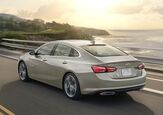
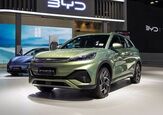
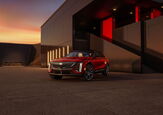
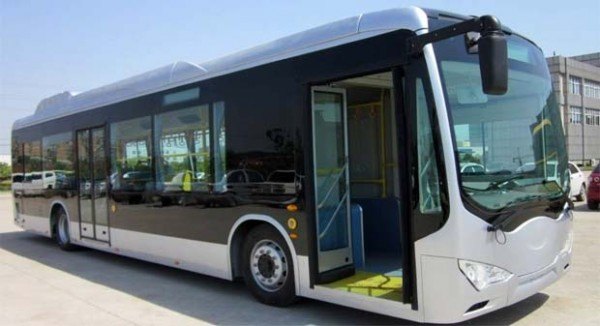
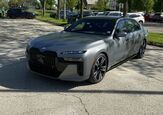











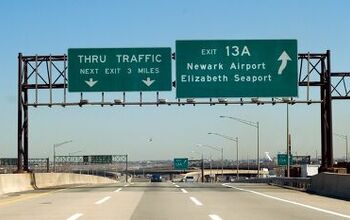
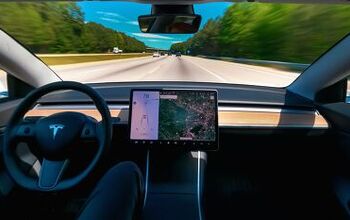
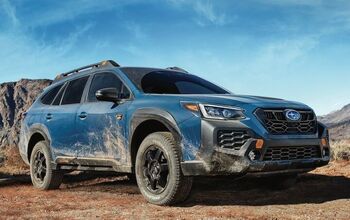
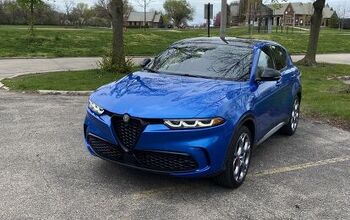

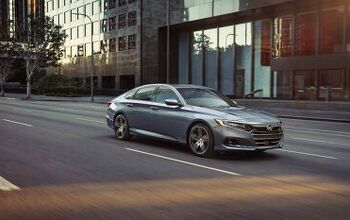
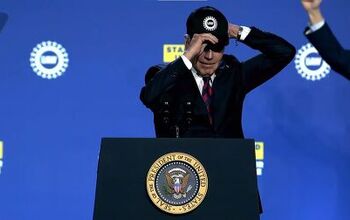
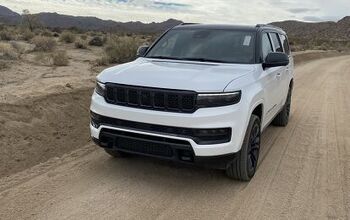
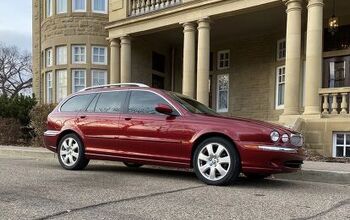
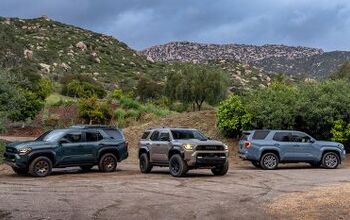
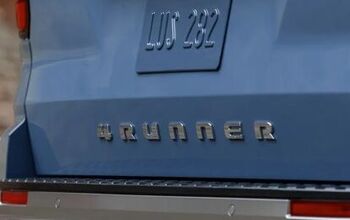
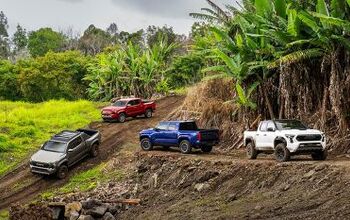
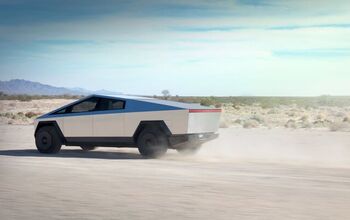
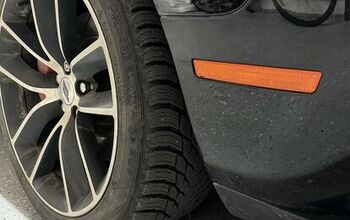

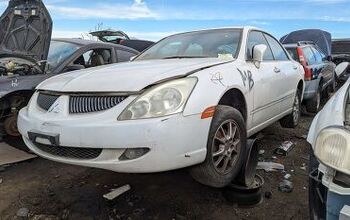
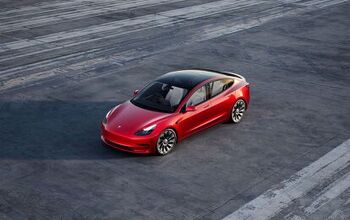
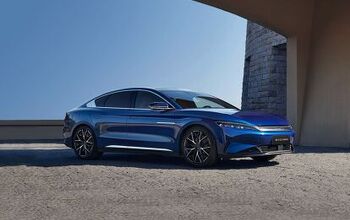
Comments
Join the conversation
Let me get this straight, BYD says the employees being paid $1.50 are "engineers and experts"? According to Gemini.com's survey of Chinese salaries, an engineer with 2-5 years experience makes 5000 to 11,000 RMB per month. That's $820 to $1886/month. At 160/hours per month that's $5.12 to $11.70 per hour. Not much by American standards but still a lot better than $1.50/hour.
When the kid at the bike shop unpacks a Chinese bicycle from the carton and attaches the front wheel and handlebars, does that constitute "Made in USA"?. I suspect that is what is going on with BYD, token local assembly from a kit so the politicians can claim they created jobs. Of course, I wouldn't be surprised if this arrangement costs the taxpayers more than if completed buses were shipped from China.